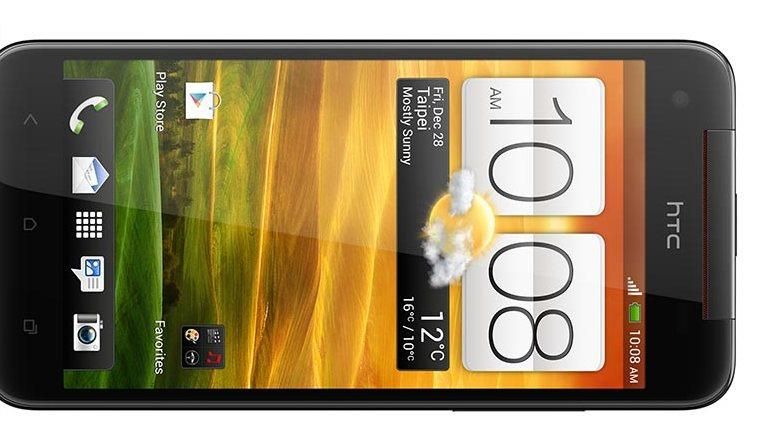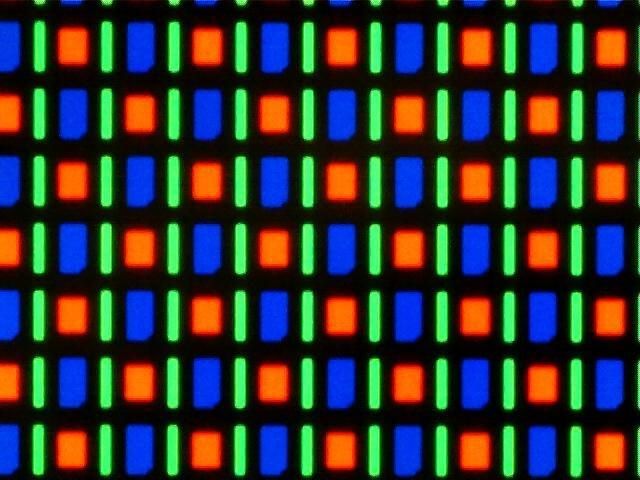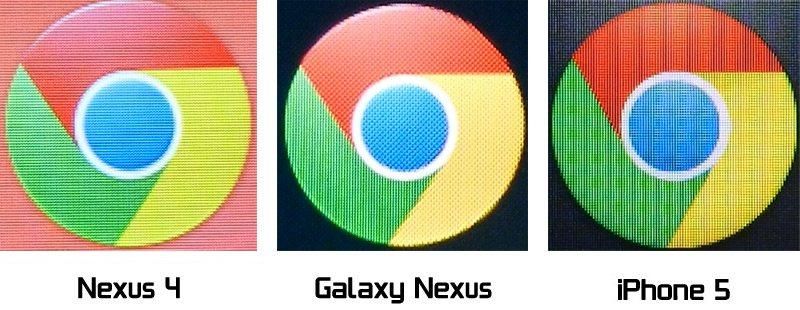When talking about the sizes of the screens on our mobile devices, people can be lumped into one of two groups: those who don't care, and those who are passionate about how big or how small their porthole into cyberspace is.
Those who don't care about screen size may have been given their device, whether by their employer or by their carrier, and don't have significant say into their specifications. These folks may be less concerned about size, and more concerned about operating system (Android versus iOS, for example). At the end of the day, this group of people is usually satisfied with the size of their screen.
The other group, those that are passionate, are a somewhat divided group. Some want large screens, whereas others want them small; some want wide screens like you see at the movies, others want squares; some want more pixels over more viewable area. Regardless, they're all very passionate about what they want. But what do they want? Resolution, or screen-size? And why can't we have a super-high resolution screen in a relatively small form-factor?
Resolution versus Screen Size
Talking about size without resolution is like talking about chocolate without peanut butter.
We can't talk about screen size without talking about resolutions.
WVGA displays (800 x 480) brought 4.3-inch screens, which were fairly standard for a while. When we made the jump up to 720P HD displays (1280 x 720), screen size increased to 4.7- or 4.8-inches. That's the size that many of us are running on our devices today — myself included. We are already beginning to see 1080P FHD displays (1920 x 1080) arriving on our smartphones. With those full-HD monsters we're beginning to see 5-inch screens creep into our pockets. Why the increase in screen size whenever we see an increase in resolution?
It's all about the pixels!
Pixels, or "picture elements", are the little dots that make up our displays. Not just the displays on our smartphones, but those on our tablets, computer monitors, and even televisions. Each of these pixels is made up of sub-pixel elements.
Depending on the technology, a pixel may be either black or white, in the case of a monochrome display (or green, blue, orange, or some other color). Once we start talking about colors, things get more complicated. Some displays use four colors that, when blended together, give us all the others. Most of the time we only use three colors: Red, Green, and Blue. These colors, RGB, each occupy a sub-pixel element — and sometimes more than one sub-pixel is needed to get one of the colors bright enough, relative to the others.
They say the Devil is in the details… he’s actually in the sub-pixel elements.
Regardless of how some magical combination of sub-pixel elements are combined and arranged to recreate all the colors we take for granted in real life, ultimately we have to cram them all together on a screen tightly enough so we don't notice them. This "cramming together" of pixels is often referred to as "PPI" (pixels per inch), or sometimes with a more marketing-friendly term like "Retina Display". Regardless of what you call it, the fact of the matter is that we need lots of pixels packed tightly together to make the images on our smartphones and tablets look good.
Will we be able to tell fantasy from reality once we get enough pixels per inch?
Size Matters
Just as pixels are made up of sub-pixels, sub-pixels are made up of even smaller components. These components are ridiculously tiny already. To make displays of even higher resolution manufacturers must either make panels larger (while keeping pixels the same size), or they must make pixels smaller — perhaps a little bit of both. What does all this mean? Simply put, we're going to see screens with larger dimensions at higher resolutions before we'll see smaller screens at even higher PPIs.
Back to the question at hand: are 5-inch displays the "new 4.3-inch"? Until we settle on a resolution (720P HD versus 1080p FHD, versus something else) we may just have to speculate. In the meantime, 5-inches looks like a pretty good screen size to get us to 1080P...
... then again, the HTC M7 — with a rumors of a 1080P screen measuring in at only 4.7-inches — may be poised to squash all the other 1080P 5-inchers before they even had a chance!




